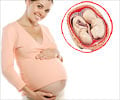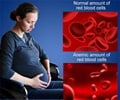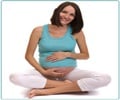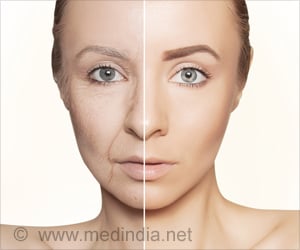Pregnant women who suffer from sleep apnea have an increased chance of facing health problems for themselves and for their newborns.
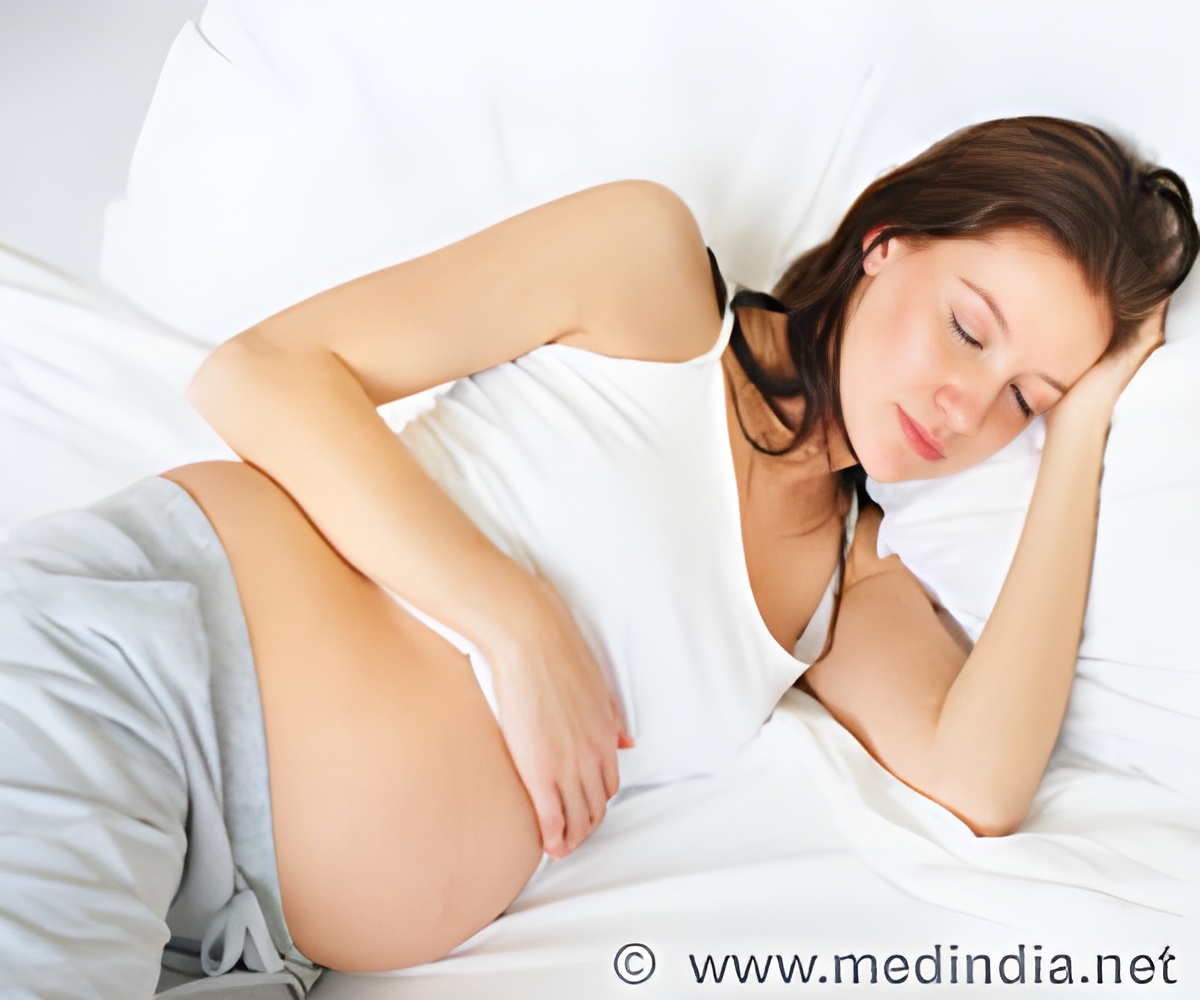
Moreover, women with sleep apnea had a greater chance to develop preeclampsia, a condition in which a woman’s blood pressure is increased during pregnancy and is compelled to deliver her baby through a Cesarean section.
Sleep apnea, in general, is a condition that is little researched and hence remains under- diagnosed, particularly in pregnant women. This calls for better ways to diagnose and treat sleep-related conditions in pregnant women, according to study researcher Judette Louis, an assistant professor of obstetrics and gynecology at the University of South Florida.
During sleep, there is paucity in breathing in persons with sleep apnea. In those with OSA, the pause in breathing occurs due to a blocked airway. Obese individuals are at an increased risk for OSA because the extra fat can accumulate inside the windpipe and block air passage. In the recent research, 175 obese pregnant women were monitored using a portable device in their homes and it was discovered that 15% of the participants had OSA.
These individuals also had chronic high BP than those without OSA. 42% of those with OSA had pre eclampsia in comparison with the 17 % without sleep apnea. Also, 65% of the women with sleep apnea required a C-section while only 33% of those without OSA needed the section. However, the rate of premature births was similar between the groups.
46 % of babies born to mothers with sleep apnea required to be admitted to the NICU in comparison to the 18 % of babies born to unaffected moms. The majority of these children had breathing problems.
Source-Medindia



